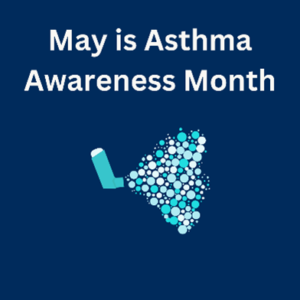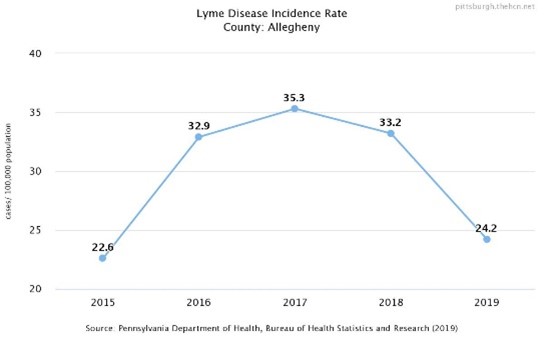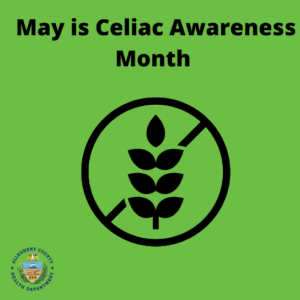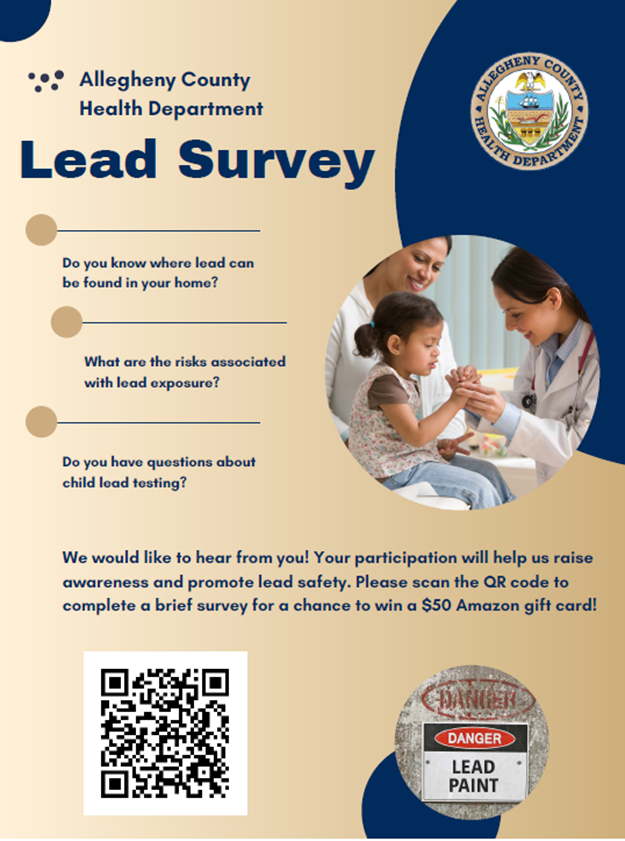Live Well Allegheny: May 2023 E-Update
Welcome New Live Well Partners

Mckeesport Regional History and Heritage Center
The McKeesport Regional History and Heritage Center, founded in 1980, is equal parts museum, research facility, repository and community center for residents of the Mon Valley.
The organization strives to preserve the history of the region and engage the community through educational and fun programing. The museum is free to visit.
The organization wants to help bring health and wellness resources to their residents and believes in the Live Well mission. Find out more at their website.
Live Well Allegheny Story

Rethink Your Drink:
Take Our Kids to Work Day
Allegheny County Health Department’s “Rethink Your Drink” campaign held its first outreach event at the county’s Take Our Kids to Work Day on Thursday April 27.
Children and their parents learned about ways to help them reduce access to sugar-sweetened beverages. They also took part in a taste testing of two different infused waters. The berry infused water, composed of fresh water, strawberries, blueberries, blackberries, and ice was a hit!
Resources for parents and families are available at the “Rethink Your Drink” website.
May Health Observances
Asthma Awareness Month: Spotlight on the Allegheny County Asthma Control Program
Asthma is a chronic, non-contagious disease that affects both adults and children. It is also one of the costliest diseases in the country.
An asthma attack is the result of the narrowing and inflammation of the small airways in the lungs. This results in symptoms such as wheezing, coughing and difficulty breathing. Risk factors for asthma include tobacco smoke, indoor triggers (dust, animal dander, allergens), family history, obesity and occupational exposure. There is no cure for asthma, but it can be controlled with medications and by avoiding known triggers.
In Allegheny County, it is estimated that 10 percent of adults (2015-2016 Allegheny County Health Survey) live with asthma. Prevalence has not declined in recent years and people of color are disproportionately impacted. For example, 27 percent of Black teens report having asthma, compared to 20 percent of White teens (2014 Allegheny County Teens Survey).
The Allegheny County Asthma Control Program (ACACP) is funded through a grant from the Centers for Disease Control and Prevention (CDC) and implements the EXHALE strategy. This program helps residents with asthma achieve better health and improve quality of life through educational presentations, home visits, community health fairs and individual intervention. The intended results include reduced asthma symptoms, improved management of onset, increased physical activity. The ACACP also works with partners who assist with implementing this strategy. The ACACP has developed this Allegheny County Asthma Resource guide.
Programs are available for school-aged children on asthma management which include Open Airways/Kickin’ Asthma, created, and taught by the American Lung Association certified facilitators. Reach out to Bob Butler for more information at Robert.Butler@alleghenycounty.us.


May is Mental Health Month
Many factors come into play when it comes to mental health conditions including genetics and the community in which you live.
Check out these free tools and resources from the CDC that can help you or a loved one connect with a skilled, trained mental health professional.

Lyme Disease Awareness
Most of us will be spending more time outside this spring, which means we are more likely to encounter ticks.
Lyme disease is the most common tick-borne disease in Allegheny County.
Untreated Lyme disease can produce a wide range of symptoms, and can include:
- Fever
- Rash
- Facial paralysis
- Arthritis
If you find a tick attached to your skin, remove it, as soon as possible, with a pair of fine-tipped tweezers. After removing the tick, thoroughly clean the bite area and your hands with rubbing alcohol or soap and water. Never crush a tick with your fingers. Dispose of a live tick by putting it in alcohol, placing it in a sealed bag/container, wrapping it tightly in tape, or flushing it down the toilet.
For more information visit the CDC Lyme Disease pages.
Celiac Disease Awareness
Celiac disease can cause long-lasting digestive problems and keep the body from getting all the nutrients it needs. This autoimmune disease affects at least one percent of the population. The only treatment is a gluten-free diet.
Visit this NIH Celiac Disease website for more information.

Allegheny County Health Department Updates
The Allegheny County Health Department is conducting a public lead survey.
The survey is being done to get a better understanding of what people know about sources of lead, child lead testing practices and lead exposure prevention. The insights from the survey will aid the Health Department to better provide services and information about lead to the public.
Live Well Speaker Series
Active Transportation Plans & PA Walk Works
Join us for the June Live Well Allegheny Learning Collaborative Virtual Speaker Series on Tuesday, June 13, from 10-11 a.m. Sam Pearson from PA Downtown Center will be presenting on Active Transportation Plans & PA Walk Works.

Chronic Disease Spotlight
According to the CDC, six in ten adults in the U.S. have a chronic disease and four in ten adults have two or more chronic diseases. Each month this section will highlight a common chronic disease and provide educational resources. This month the focus is on risk factors that can be linked to chronic disease.
Tobacco Use
Commercial tobacco use is the leading cause of preventable disease, disability, and death in the United States. Every day in the United States, approximately 1,600 young people under age 18 try their first cigarette, and nearly 200 end up smoking daily.
Tobacco Use in Pennsylvania
National data shows declining rates of current smokers, however 14 percent of Allegheny County and Pennsylvania adults reported smoking cigarettes in 2021. You can find local smoking estimates in your ZIP Code here.
Side Effects of Tobacco Use
Cigarette smoking can lead to disease, disability and harm nearly every organ in the body. Chronic health conditions associated with smoking include:
- Cancer
- Heart disease
- Stroke
- Lung diseases
- Type 2 diabetes
The damage extends beyond the person who smokes. Smoking during pregnancy increases the risk of premature birth, low birth weight and sudden infant death syndrome.
Secondhand Smoke
Secondhand smoke exposure occurs when people breathe in smoke exhaled by people who smoke or from burning tobacco products. There is no safe level of secondhand smoke. Children exposed to secondhand smoke are at an increased risk of SIDS, impaired lung function, acute respiratory infections, middle ear disease, and more frequent and severe asthma attacks. A national survey (NHANES) reported that approximately half of children with asthma are exposed to secondhand smoke in the home.
Electronic Cigarettes (E-cigarettes/vapes)
E-cigarettes produce an aerosol by heating a liquid that usually contains nicotine—the addictive drug in regular cigarettes, cigars, and other products—flavorings, and other chemicals.
E-cigarettes entered the U.S. marketplace in 2007, so long-term health effects are still under investigation. However, the negative health effects of nicotine are well-documented:
- Nicotine is highly addictive
- Nicotine can impair brain development, which continues into the mid-20s
- Nicotine is a health danger for pregnant adults and developing fetuses
- E-cigarettes are the most used tobacco product among youth. In 2022, 2.5 million U.S. middle and high school students used e-cigarettes in the past 30 days, including 3 percent of middle school students and 14 percent of high school students


